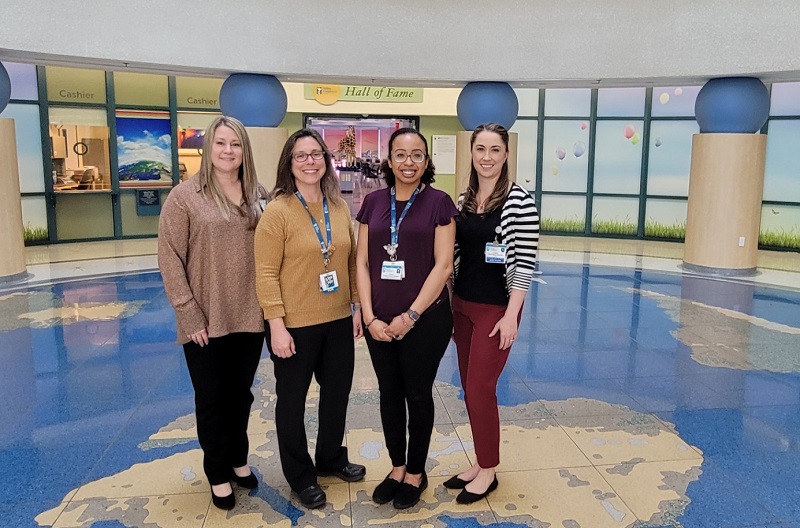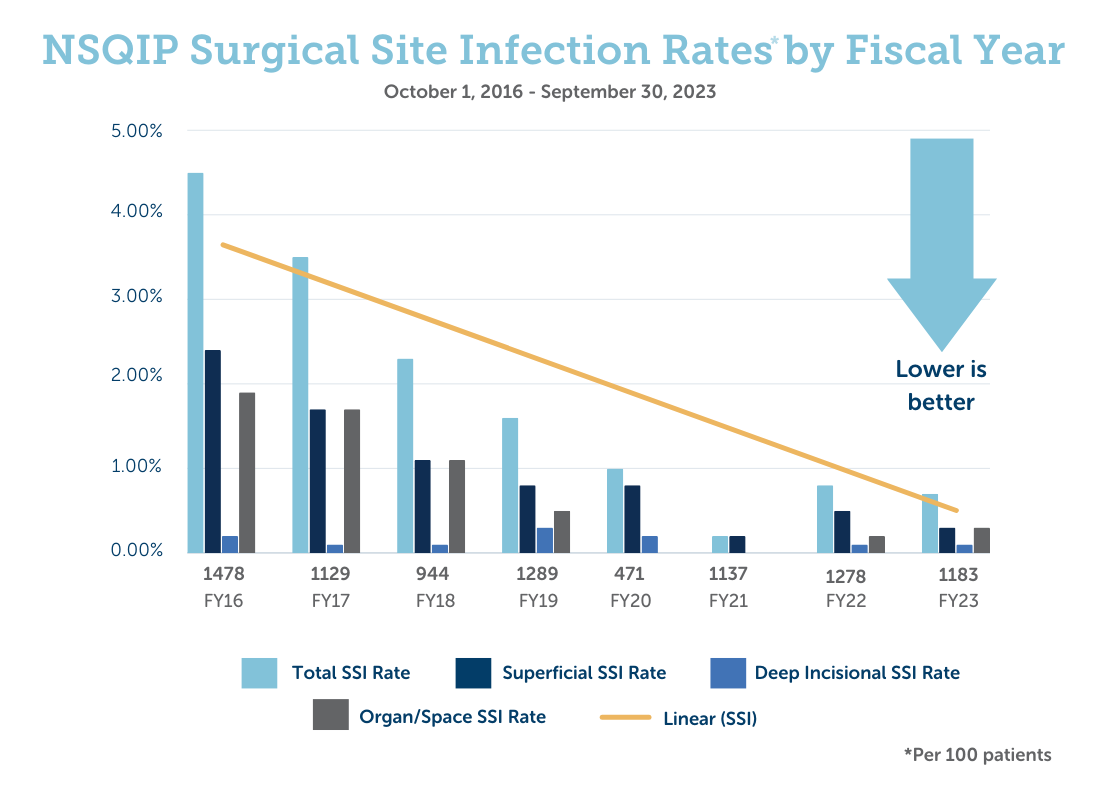Pillars of Quality
We bring our best in everything we do. Healthcare networks across the country are guided by best practices – known as systems or pillars of safety – in order to provide the highest level of care. In fact, quality in a hospital setting is measured by a variety of these systems that anticipate and prevent a medical error before it causes harm to a patient. These systems follow six domains identified by The Institute of Medicine to ensure the quality of healthcare: safe, effective, patient-centered, timely, efficient and equitable.
As the trusted champion for kids in the Central Valley, we work collaboratively across all disciplines to identify new and innovative ways to enhance these systems to ensure families can continue to count on us. At Valley Children’s, everyone makes a personal commitment to safety, is accountable for clear and complete communication and supports a questioning attitude.

SAFE
"Don't hurt me while you are helping me."

TIMELY
"Care when I need it."

EFFECTIVE
"The right care for me."

PATIENT & FAMILY-CENTERED
"Nothing about me, without me."

EFFICIENT
"Avoid waste."

EQUITABLE
"Every patient is the most important patient."
|

SAFE
"Don't hurt me while you are helping me."
|

TIMELY
"Care when I need it."
|

EFFECTIVE
"The right care for me."
|
|

PATIENT & FAMILY-CENTERED
"Nothing about me, without me."
|

EFFICIENT
"Avoid waste."
|

EQUITABLE
"Every patient is the most important patient."
|
Health Equity: Ensuring the Best Care for Every Patient
At Valley Children’s, advancing health equity is a foundational element of our mission. We are dedicated to ensuring that all individuals, regardless of their background, receive the highest quality of care to ensure they have the best outcomes. Through an established Equity Steering Committee, Valley Children’s has ensured an equity lens in all clinical care to identify, mitigate and eliminate any disparities if present within the network as a measure to promote equitable care for all kids by:
- Establishing foundations to ensure optimal processes for identifying and resolving any safety disparities
- Conducting a gap analysis of our solutions to patient safety
- Ensuring that data is complete and accurate as it relates to race/ethnicity
- Adopting metrics for safety disparities data
- Increasing awareness through education
- Promoting policy and processes that support the delivery pf equitable care
- Data transparency
Our commitment to health equity directly contributes to our outstanding healthcare outcomes and is at the heart of everything we do. It guides us in our efforts to improve the health of our patients, resulting in care that is not only exceptional but also fair and accessible to all.
Our Featured Quality Champions: Surgical Site Infection Prevention Taskforce Committee
The surgical site infection prevention taskforce at Valley Children’s is comprised of professionals from all areas of the hospital who are involved with clinical care. Together, they ensure surgical site infection prevention by reviewing, enhancing and implementing the most effective processes regularly.

The interprofessional team on Valley Children’s Surgical Site Infection Prevention Taskforce Committee are dedicated to preventing surgical site infections.
A surgical site infection (SSI) occurs in 2%-5% of patients across the country who undergo inpatient surgery, according to the Centers for Disease Control. In fiscal year 2021, Valley Children’s reached a 95% reduction in SSIs monitored by the National Surgical Quality Improvement Program (NSQIP).
A surgical site infection can occur when germs infect the surgical area of a patient. There are many reasons for this including touch, instruments or even germs in the air. To ensure the safest care for our patients, Valley Children’s participates and collaborates in the NSQIP through the American College of Surgeons. NSQIP compares us to other surgical programs across the United States. After review of this data, Valley Children’s results for SSI were among the best in the country.
Valley Children’s has gone beyond the standard recommendations for infection prevention. By adding more elements to the process of care, such as appropriate skin antisepsis and antibiotic re-dosing, we can ensure that kids in the Central Valley have the safe care they deserve.

